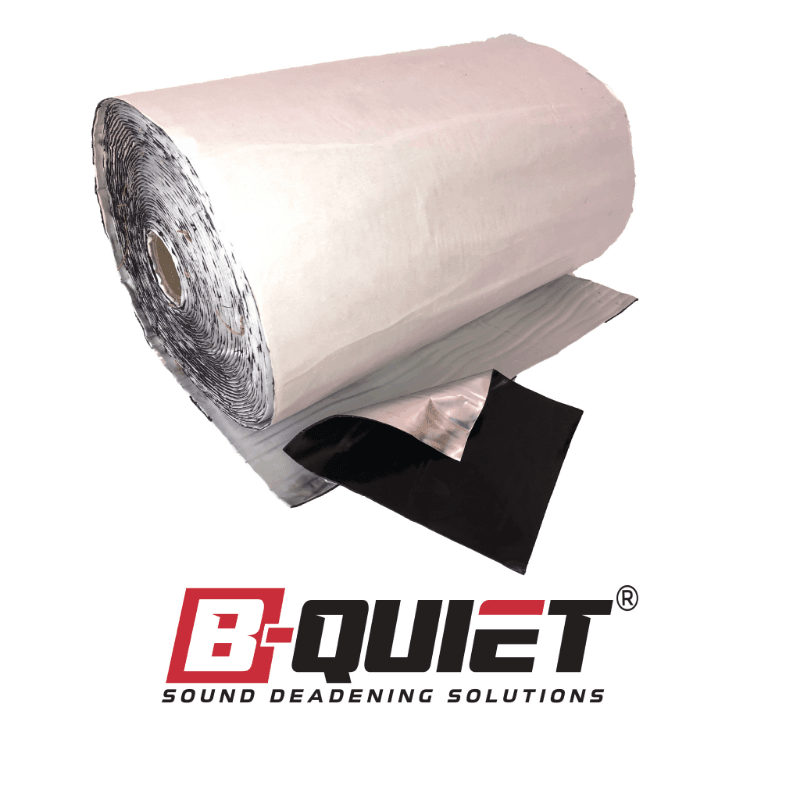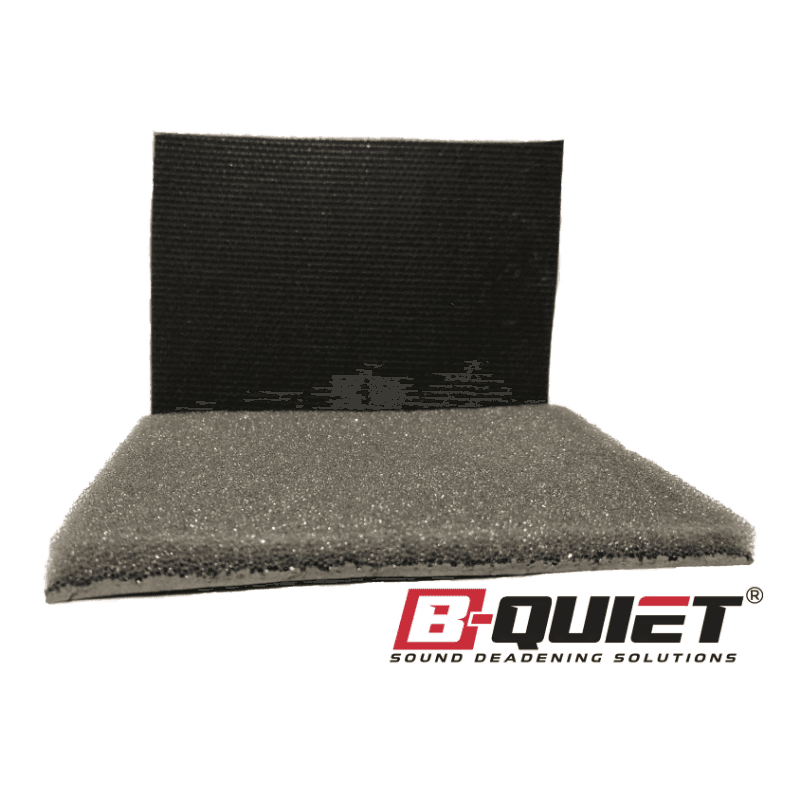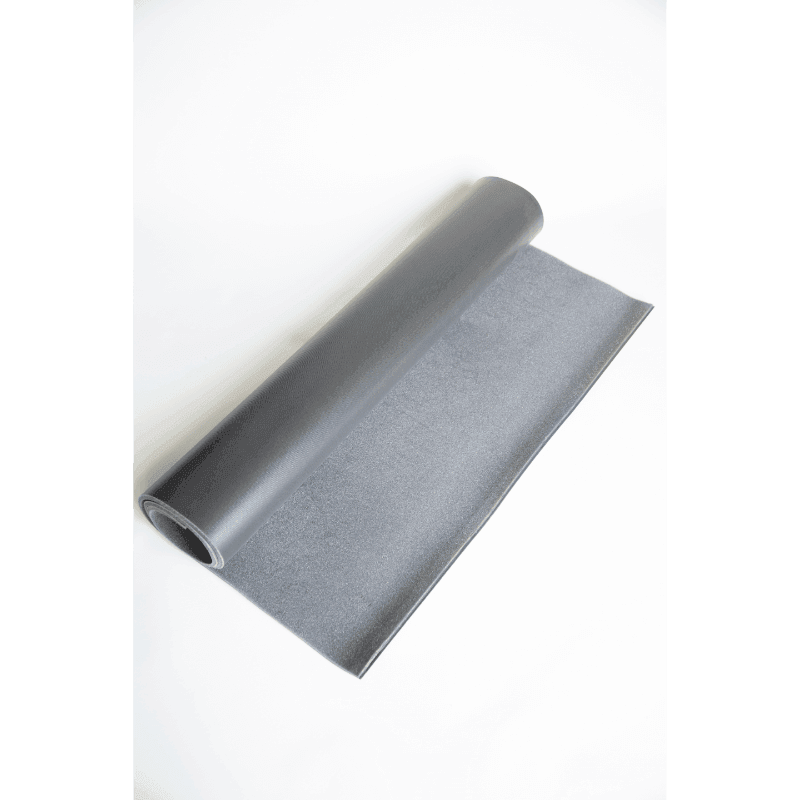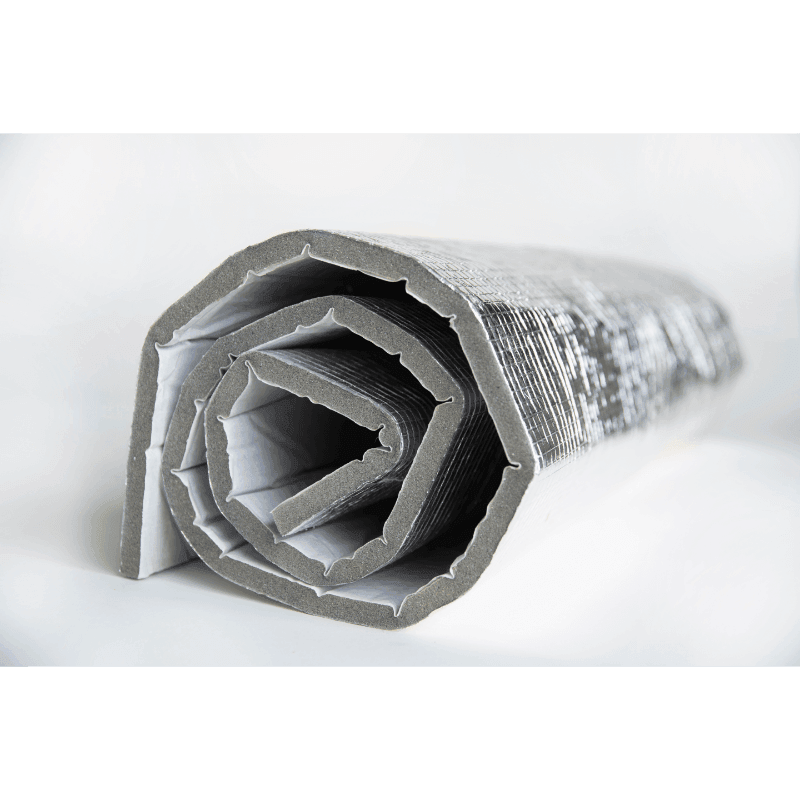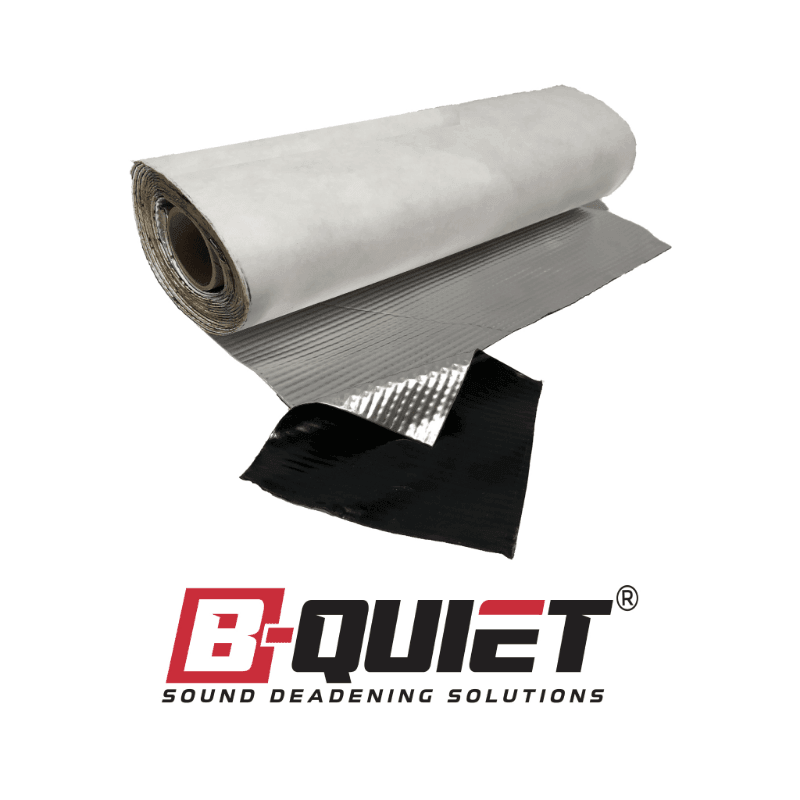Sound Deadening for Electric Vehicles: Enhancing Acoustic Comfort in an EV World
The rise of electric vehicles (EVs) has brought a significant shift in how we perceive automotive comfort and performance. EV enthusiasts appreciate the near-silent operation and smooth ride provided by these eco-friendly options. While electric vehicles are generally quieter than their internal combustion engine counterparts, they still present some challenges when it comes to achieving maximum acoustic comfort. Road noise, wind noise, and vibrations from various components can still infiltrate the cabin, affecting passengers' overall experience.
In this in-depth guide, we aim to help you navigate the nuances of sound deadening for electric vehicles by discussing the particularities of EVs, the benefits of implementing sound deadening in your electric vehicle, and the best techniques to ensure optimal acoustic comfort. Our insights will empower you to maintain the unique attributes of your EV while reducing intrusive noise, ensuring a more peaceful driving experience for you and your passengers.
Join us in this exploration of sound deadening specifically tailored to electric vehicles as we offer practical tips and solutions to effectively diminish noise without compromising the essential qualities that make your EV special. Whether you are a seasoned EV owner or considering making the switch, our expert guidance on EV sound deadening will provide you with the knowledge and resources necessary to enhance your vehicle's acoustic comfort and bolster the quality of your driving experience.
Why Sound Deadening is Relevant for Electric Vehicles
While electric vehicles are inherently quieter than gas-powered cars, they are not completely silent. Sound deadening is still essential for EVs for several reasons:
- Road Noise: Rolling tire noise, vibrations, and impacts from the road surface can infiltrate the cabin, negatively affecting the acoustic comfort of EV interiors.
- Wind Noise: At high speeds, wind noise can become more noticeable in electric vehicles due to the absence of engine noise.
- Noise from Components: Motors, pumps, HVAC systems, and other components can generate noise and vibrations that contribute to the overall noise within the cabin.
- Enhanced Audio Experience: With less noise from the propulsion system, the importance of reducing other sources of intrusions is crucial for a more immersive audio experience.
Identifying Key Noise Sources in Electric Vehicles
To effectively address sound deadening in your EV, begin by identifying the primary sources of noise:
- Tires: As a significant source of road noise, tire selection and maintenance are crucial in mitigating cabin noise in electric vehicles.
- Motor and Powertrain: Although electric motors generate less noise than combustion engines, they still produce some level of noise, especially under acceleration.
- HVAC Systems: Heating, ventilation, and air conditioning systems can generate a noticeable amount of sound, particularly when operating at higher settings.
- Exterior Aerodynamics: A well-designed EV should have streamlined exterior surfaces to reduce wind noise; however, exterior elements such as mirrors, roof racks or accessories can impact the acoustic profile.
Choosing the Right Sound Deadening Materials for Electric Vehicles
Select sound deadening materials that balance effectiveness with the eco-friendly nature of electric vehicles:
- Mass Loaded Vinyl (MLV): This high-density, flexible material is highly effective at blocking sound, making it ideal for use in EVs where weight considerations might be critical.
- Closed Cell Foam: Lightweight and versatile, closed-cell foam provides excellent sound absorption and insulation, suitable for the interior spaces and door cavities of EVs.
- Sound Deadening Mats: Easy to install and available in various thicknesses, these adhesive-backed mats reduce vibrations and can be applied to floors, doors, or trunk areas.
- Green Sound Deadening Materials: Some manufacturers produce environmentally friendly sound deadening materials made from recycled or sustainable sources, aligning with eco-conscious EV owners' values.
Implementing Sound Deadening Techniques for Electric Vehicles
Apply sound deadening techniques specifically tailored to electric vehicles to maximize their effectiveness:
- Assess the Acoustic Profile: Before implementing sound deadening measures, take the time to identify the specific noise issues your EV experiences.
- Address High-Impact Areas: Focus on the most significant sources of noise intrusion, including wheel wells, door panels, trunk, and flooring.
- Use Appropriate Materials: Use materials that provide optimal sound deadening while maintaining your EV's specific goals, such as weight and eco-friendliness.
- Layer Materials: Utilize multiple layers or combine different materials to target specific noise sources better and achieve maximum results.
Conclusion:
Electric vehicles offer a unique driving experience, combining sustainability, efficiency, and a smoother, quieter ride than conventional vehicles. However, that doesn't mean EV owners should ignore the benefits of sound deadening. By addressing potential noise sources and selecting appropriate materials and techniques, you can significantly enhance the acoustic comfort of your electric vehicle's cabin.
As specialists in the field of automotive sound deadening, B-Quiet is enthused to assist you in customizing your electric vehicle's auditory environment to your preferences. Our expertise allows us to guide you in achieving the perfect balance of noise reduction and eco-friendliness, paving the way for a serene driving experience in harmony with your EV's goals. Reach out to our team today, and let us help you unlock your electric vehicle's full potential, creating an unrivaled atmosphere of tranquility and pleasure during your future travels.






